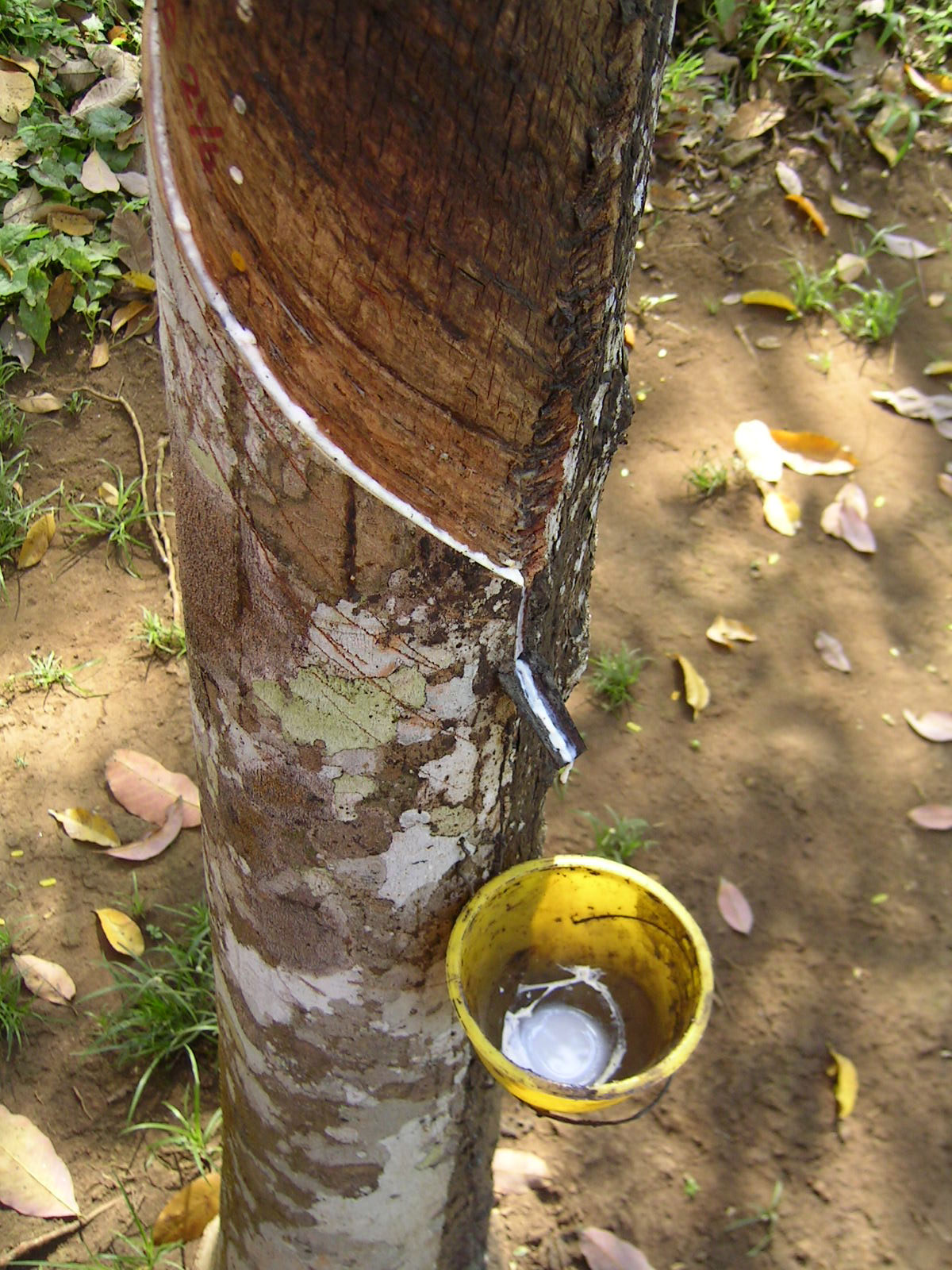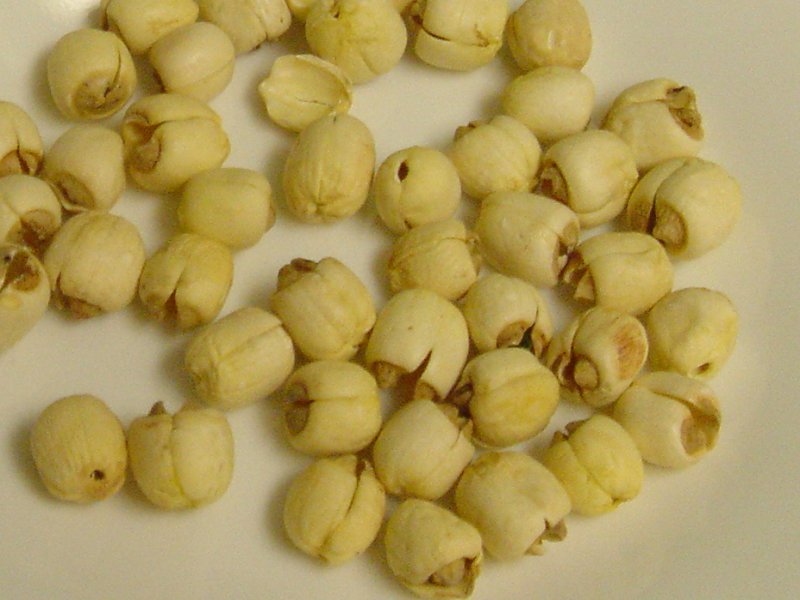|
Papaver Dubium
''Papaver dubium'' is a species of poppy known by the common names long-headed poppy and blindeyes. It is an annual species which prefers sandy soils without lime. It is native to Europe, North Africa and south-western Asia and widespread as an introduction in America and elsewhere. Description ''Papaver dubium'' is a variable annual, growing to about 60 cm in height. It generally flowers in late spring to mid-summer. The flower is large (30–70mm) and showy, with four petals that are lighter red than in the similar ''Papaver rhoeas'', and most commonly without a black spot at the base. The flower stem is usually covered with coarse hairs that are closely appressed to the surface, helping to distinguish it from ''P. rhoeas'' in which the hairs are more usually patent, held at right angles to the stem. The capsules are hairless, elongated to more than twice as tall as they are wide, tapering slightly at the tip, with a stigma generally less wide than the capsule. The plant ... [...More Info...] [...Related Items...] OR: [Wikipedia] [Google] [Baidu] |
Papaver Radicatum
The Arctic poppy (''Papaver radicatum'') is a flowering plant in the Papaveraceae family. It may also be referred to as rooted poppy or yellow poppy. Arctic poppies grow in cold climate conditions and are found in Arctic regions throughout the world. Arctic poppies have adaptations, such as heliotropism and physical characteristics, which help them survive in the harsh environment they grow in. Taxonomy The ''Flora of North America'' lists four subspecies: *''Papaver radicatum'' subsp. ''alaskanum'' (Hultén) J. P. Anderson *''Papaver radicatum'' subsp. ''kluanensis'' (D. Löve) D. F. Murray *''Papaver radicatum'' subsp. ''polare'' Tolmatchew *''Papaver radicatum'' subsp. ''radicatum'' Appearance Arctic poppy leaves grow up to 12cm long. The leaves are green and lanceolate in shape. The Arctic poppy is known for either their white or yellow flowers; these flowers can grow up to 6.5 cm in diameter. The Arctic poppy stems range from 10 to 15 cm in length. Arctic poppies produce sp ... [...More Info...] [...Related Items...] OR: [Wikipedia] [Google] [Baidu] |
Carl Linnaeus
Carl Linnaeus (23 May 1707 – 10 January 1778), also known after ennoblement in 1761 as Carl von Linné,#Blunt, Blunt (2004), p. 171. was a Swedish biologist and physician who formalised binomial nomenclature, the modern system of naming organisms. He is known as the "father of modern Taxonomy (biology), taxonomy". Many of his writings were in Latin; his name is rendered in Latin as and, after his 1761 ennoblement, as . Linnaeus was the son of a curate and was born in Råshult, in the countryside of Småland, southern Sweden. He received most of his higher education at Uppsala University and began giving lectures in botany there in 1730. He lived abroad between 1735 and 1738, where he studied and also published the first edition of his ' in the Netherlands. He then returned to Sweden where he became professor of medicine and botany at Uppsala. In the 1740s, he was sent on several journeys through Sweden to find and classify plants and animals. In the 1750s and 1760s, he co ... [...More Info...] [...Related Items...] OR: [Wikipedia] [Google] [Baidu] |
Papaver
''Papaver'' is a genus of 70–100 species of frost-tolerant annual plant, annuals, biennial plant, biennials, and perennial plant, perennials native plant, native to temperateness, temperate and cold regions of Eurasia, Africa and North America. It is the type genus of the poppy family (biology), family, Papaveraceae. Description The flowers have two sepals that fall off as the bud opens, and four (or up to six) petals in red, pink, orange, yellow, or lilac. There are many stamens in several whorls around a compound gynoecium, pistil, which results from the fusion of carpels. The stigma (botany), stigmas are visible on top of the capsule, and the number of stigmas corresponds to the number of fused carpels. The ovary (plants), ovary later develops into a dehiscence (botany), dehiscing capsule (fruit), capsule, capped by the dried stigmas. The opened capsule scatters its numerous, tiny seeds as air movement shakes it, due to the long stem. The typical ''Papaver'' gynoecium is s ... [...More Info...] [...Related Items...] OR: [Wikipedia] [Google] [Baidu] |
Papaver Rhoeas
''Papaver rhoeas'', with common names including common poppy, corn poppy, corn rose, field poppy, Flanders poppy, red poppy, and Odai, is an annual herbaceous species of flowering plant in the poppy family Papaveraceae. It is native to north Africa and temperate Eurasia and is introduced into temperate areas on all other continents except Antarctica. It is regarded as an agricultural weed (hence the common names including "corn" and "field"). As the plant thrives in areas of disturbed soil, it was often abundant in agricultural fields before the advent of herbicides. Flushes of poppies may still appear in fields where herbicides are not used, as well as those in fallow. The corn poppy and its cultivars such as the Shirley poppy are widely grown in gardens, and are frequently found in packets of seed labelled "wildflower mixes". Since World War I, it has been used in the Commonwealth as a symbol of remembrance for fallen soldiers because it commonly grew in fields disturbed ... [...More Info...] [...Related Items...] OR: [Wikipedia] [Google] [Baidu] |
Pedicel (botany)
In botany, a pedicel is a stem that attaches a single flower to the inflorescence. Such inflorescences are described as ''pedicellate''. The stalk at the base of a leaf is called a petiole. Description Pedicel refers to a structure connecting a single flower to its inflorescence. In the absence of a pedicel, the flowers are described as sessile. Pedicel is also applied to the stem of the infructescence. The word "pedicel" is derived from the Latin ''pediculus'', meaning "little foot". The stem or branch from the main stem of the inflorescence that holds a group of pedicels is called a peduncle. A pedicel may be associated with a bract or bracts. In cultivation In Halloween types of pumpkin A pumpkin is a cultivar, cultivated winter squash in the genus ''Cucurbita''. The term is most commonly applied to round, orange-colored squash varieties, but does not possess a scientific definition. It may be used in reference to many dif ... or squash plants, the shape o ... [...More Info...] [...Related Items...] OR: [Wikipedia] [Google] [Baidu] |
Latex
Latex is an emulsion (stable dispersion) of polymer microparticles in water. Latices are found in nature, but synthetic latices are common as well. In nature, latex is found as a wikt:milky, milky fluid, which is present in 10% of all flowering plants (angiosperms) and in some Mushroom, mushrooms (especially species of ''Lactarius''). It is a complex emulsion that coagulation, coagulates on exposure to air, consisting of proteins, alkaloids, starches, sugars, Vegetable oil, oils, tannins, resins, and Natural gum, gums. It is usually exuded after tissue injury. In most plants, latex is white, but some have yellow, orange, or scarlet latex. Since the 17th century, latex has been used as a term for the fluid substance in plants, deriving from the Latin word for "liquid". It serves mainly as Antipredator adaptation, defense against Herbivore, herbivores and Fungivore, fungivores.Taskirawati, I. and Tuno, N., 2016Fungal defense against mycophagy in milk caps ''Science Report Kanazaw ... [...More Info...] [...Related Items...] OR: [Wikipedia] [Google] [Baidu] |
Soil Seed Bank
The soil seed bank is the natural storage of seeds, often dormant, within the soil of most ecosystems. The study of soil seed banks started in 1859 when Charles Darwin observed the emergence of seedlings using soil samples from the bottom of a lake. The first scientific paper on the subject was published in 1882 and reported on the occurrence of seeds at different soil depths. Weed seed banks have been studied intensely in agricultural science because of their important economic impacts; other fields interested in soil seed banks include forest regeneration and restoration ecology. Henry David Thoreau wrote that the contemporary popular belief explaining the succession of a logged forest, specifically to trees of a dissimilar species to the trees cut down, was that seeds either spontaneously generated in the soil, or sprouted after lying dormant for centuries. However, he dismissed this idea, noting that heavy nuts unsuited for distribution by wind were distributed instead by an ... [...More Info...] [...Related Items...] OR: [Wikipedia] [Google] [Baidu] |
Plants Described In 1753
Plants are the eukaryotes that form the kingdom Plantae; they are predominantly photosynthetic. This means that they obtain their energy from sunlight, using chloroplasts derived from endosymbiosis with cyanobacteria to produce sugars from carbon dioxide and water, using the green pigment chlorophyll. Exceptions are parasitic plants that have lost the genes for chlorophyll and photosynthesis, and obtain their energy from other plants or fungi. Most plants are multicellular, except for some green algae. Historically, as in Aristotle's biology, the plant kingdom encompassed all living things that were not animals, and included algae and fungi. Definitions have narrowed since then; current definitions exclude fungi and some of the algae. By the definition used in this article, plants form the clade Viridiplantae (green plants), which consists of the green algae and the embryophytes or land plants ( hornworts, liverworts, mosses, lycophytes, ferns, conifers and o ... [...More Info...] [...Related Items...] OR: [Wikipedia] [Google] [Baidu] |




